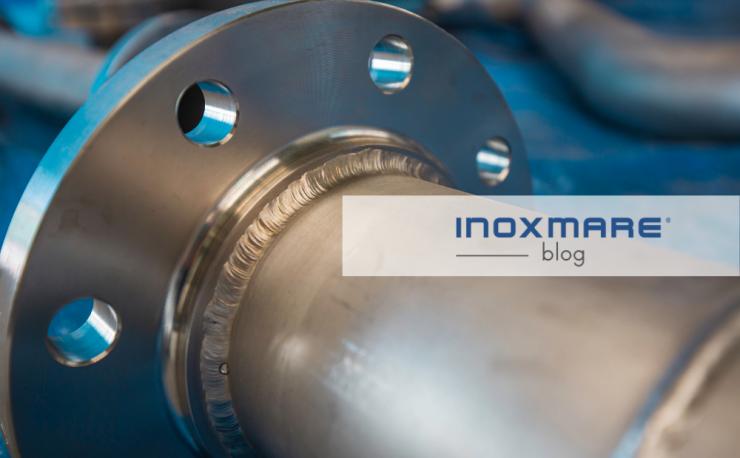
How can the anticorrosive properties of a stainless steel product be kept intact? The key is to prepare the surface of the stainless steel with specific technological operations. Let’s find out which ones in today’s post!
Pickling process: what is it for?
Pickling is used to remove resistant oxide scale, which is formed as a result of high temperature heating in the presence of an oxidising atmosphere. There are two widely used pickling systems:
- the mechanical one (performed with silica sand, corundum, glass or stainless steel spheres, inert materials or stainless steel brushes that have not previously worked with other metallic materials so as to avoid ferrous contamination of the steel)
- the chemical one (performed with acid baths).
Usually, mechanical pickling may precede chemical pickling, especially if the oxide layer to be removed is extremely thick and resistant.
Chemical pickling: how to do it?
Chemical pickling is therefore carried out using solutions of sulphuric acid or nitric acid combined with hydrofluoric acid, which are brought to a higher temperature than room temperature. But how long does the workpiece have to remain in the pickling solution for the surface oxide to be removed? This will vary depending on:
- type of flake to be removed
- thickness and adherence to the underlying metal.
Pickling: what to do next?
What are the steps to be carried out after pickling? The treated component must be:
- cooled rapidly
- washed in water (to remove the last traces of scale from the surface).
The component must be washed thoroughly to remove all traces of the corrosive solution used from the surface.
Visit our website and discover how easy it is for businesses to buy our stainless steel fasteners online.
Want to read more articles? Continue here.